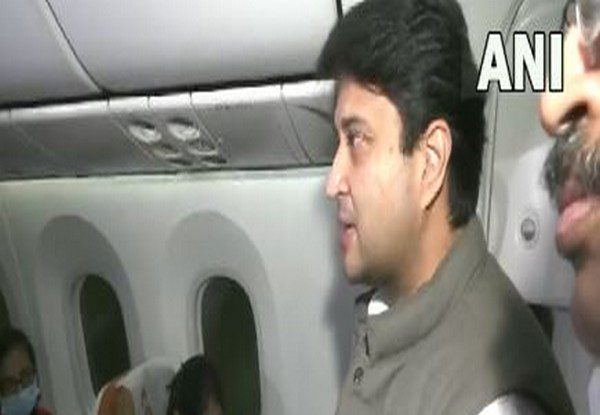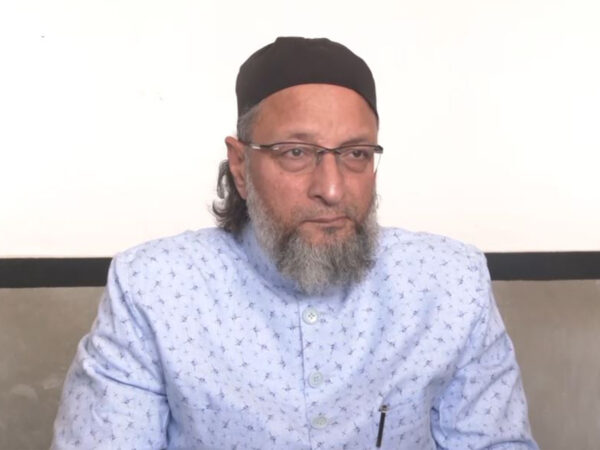
India To Be Largest Aviation Market In Next Decade: Scindia
Union Civil Aviation Minister Jyotiraditya Scindia on Tuesday said that India will become the largest civil aviation market in the next decade.
Union Minister Scindia was addressing the Confederation of Indian Industry’s (CII) International Conference on Advanced and Short-Haul Air Mobility for All (ASHA): Technologies for Ease of Transport. “India has crossed the pre-COVID number of air travellers by 10 per cent to reach 455,000 passengers daily, with airlines now operating at 80-90 per cent load factor,” Scindia said.
He said that we need more aircraft because India has an insatiable desire to travel.
While stating that India is proving itself to be a manufacturing hub in the aerospace sector, Scindia invited global companies to be part of India’s journey.
Technology has jumped forward and has become an important protagonist in future of mankind,” the minister said.
“In that period of change and dynamic flux, the civil aviation sector is making unimaginable strides as never before,” he added.
Speaking about opportunities in the advanced air mobility sector, the minister said the drone market will become a Rs 3 lakh crore market by 2030 employing 3-4 lakh persons.
He underscored the need to have a good ecosystem and said that advanced air mobility must have its basis in strong civil aviation infrastructure.
“For the infrastructure to be built, he said urban city planners needed to be involved,” he said.
The minister also emphasised that the government was no longer a regulator but a facilitator and partner to the industry.
Salil Gupte, president, Boeing India and chairman, CII National Committee, said, Advanced air mobility can do to India’s transport what telephony did to its communications.
“In telecom, India skipped stages where the rest of the world was stuck. We have seen India leapfrog from landline to mobile to 4G to 5G roll-outs at lightning speed. India can do the same in transport if it chooses to embrace the AAM (Advanced Air Mobility) technologies and create the right ecosystem for it,” Gupte said.
He said that the AAM comprises drones, helicopters, e-VTOL (electric, vertical take-off and landing systems) and other air systems, used for ferrying people and goods over short distances.
“An average Indian traveller spends a substantially higher time commuting compared to short-haul travel his counterpart in other Asian cities and other global cities. Technologies that we are discussing since yesterday, drones, helicopters, and e-VTOL have the opportunity to reduce this drastically and India can leapfrog in urban mobility. India is good at that. That is exactly what has happened through telephony in the last 25 years,” Gupte said.
“India can do the same in transport if it chooses to embrace the AAM technologies provided the country creates the right ecosystem for it, he added.
“For instance, technologies have to be evaluated from many perspectives not only from civil but also from a defence angle. We need sustained electrification of these technologies. At a time, when Boeing with its partners like International Air Transport Association (IATA ), International Civil Aviation Organisation (ICAO) and others are committed to achieving Net-Zero by 2050, we cannot do anything with the advanced mobility sector that makes it a bogeyman in (green) space,” Gupte added.
He also said while India moves ahead in the AAM sector, other related areas that will need close attention include cyber security to keep this ecosystem safe and integrated airspace management.
Besides this, Kamal Bali, President and MD Volvo Group in India, and chairman, CII Southern Region said, “the take-off of AAM will need a robust ecosystem that includes vehicles, training and education, research and development, landing structure, fleet management, demand management, linkages with other mobility systems.” “For the industry, it will mean huge new value chain, new economic clusters and many new jobs,” he added. (ANI)
Read More: http://13.232.95.176/



